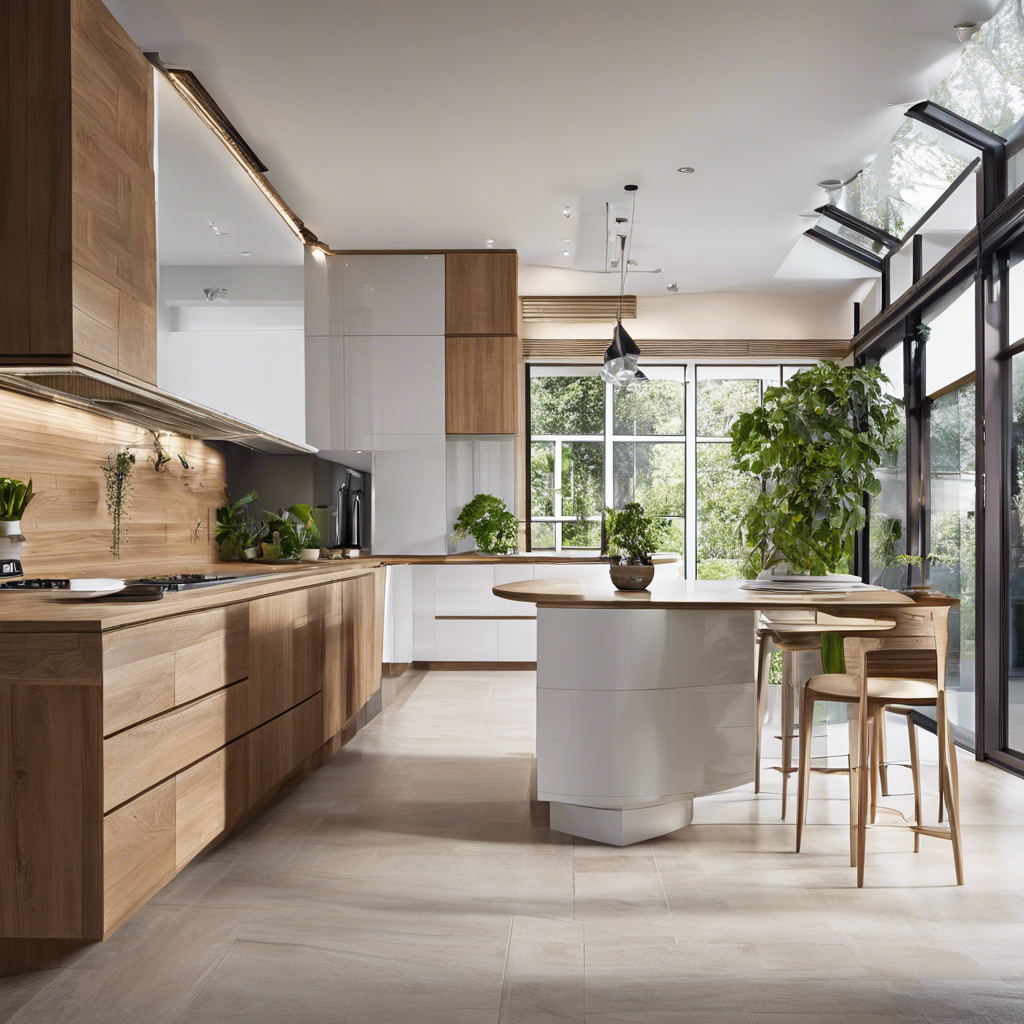Kitchens have come a long way in terms of design and functionality. Traditionally, kitchens were separate, closed-off rooms used exclusively for food preparation. Today, kitchens are often open-concept, multifunctional spaces used for cooking, dining, entertaining and more.
The traditional kitchen was highly utilitarian. Cabinets and countertops were basic, and appliances were limited to a stove, refrigerator and sink. Furniture and decor were sparse. The primary goal was function over form. In the mid-20th century, new materials and appliances began to emerge, like Formica countertops, linoleum floors and electric stoves. However, the overall aesthetic remained simple and the kitchen continued to be a separate, closed-off space.
In recent decades, kitchens have become more integrated into the home. New, high-tech appliances like espresso machines, induction cooktops and convection ovens are common. Stainless steel appliances and granite countertops have become popular. Open-concept kitchens are now linked to living and dining areas, allowing for interaction and entertainment. Many people now see the kitchen as the heart of the home. Design has become a higher priority, with choices in cabinetry, countertops, tile, lighting and decor. While still highly functional, today’s kitchens are stylish, social spaces for gathering and dining as much as cooking.
The evolution of kitchen design reflects the changing role of cooking and entertaining in the home. From closed-off and utilitarian, to open-concept and multifunctional, kitchens today have become a central part of the living space. Modern, high-tech and stylish, kitchens are now designed to be on display. The traditional kitchen has been transformed into a place for connection, conversation and experiences with friends and family. Modern kitchen design has brought a once isolated room to the center of the home.
